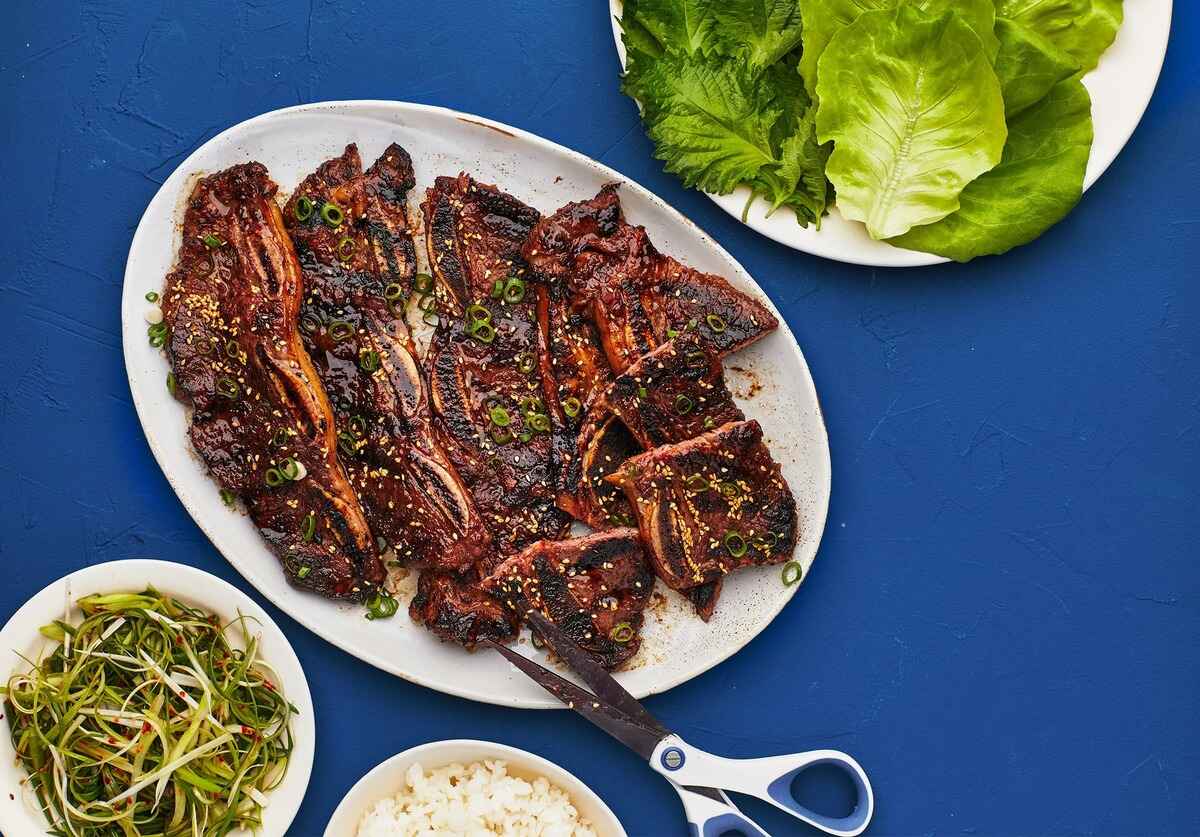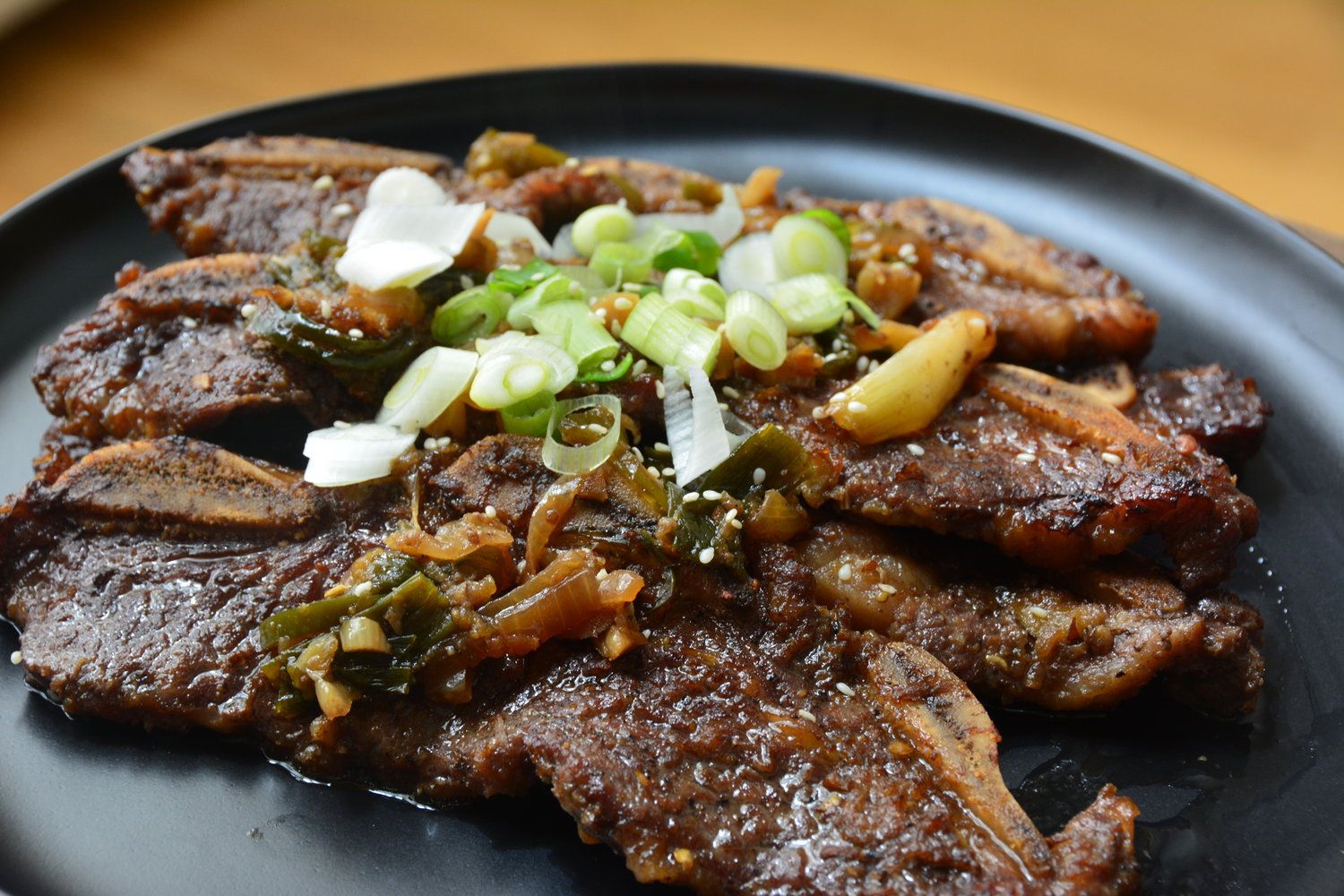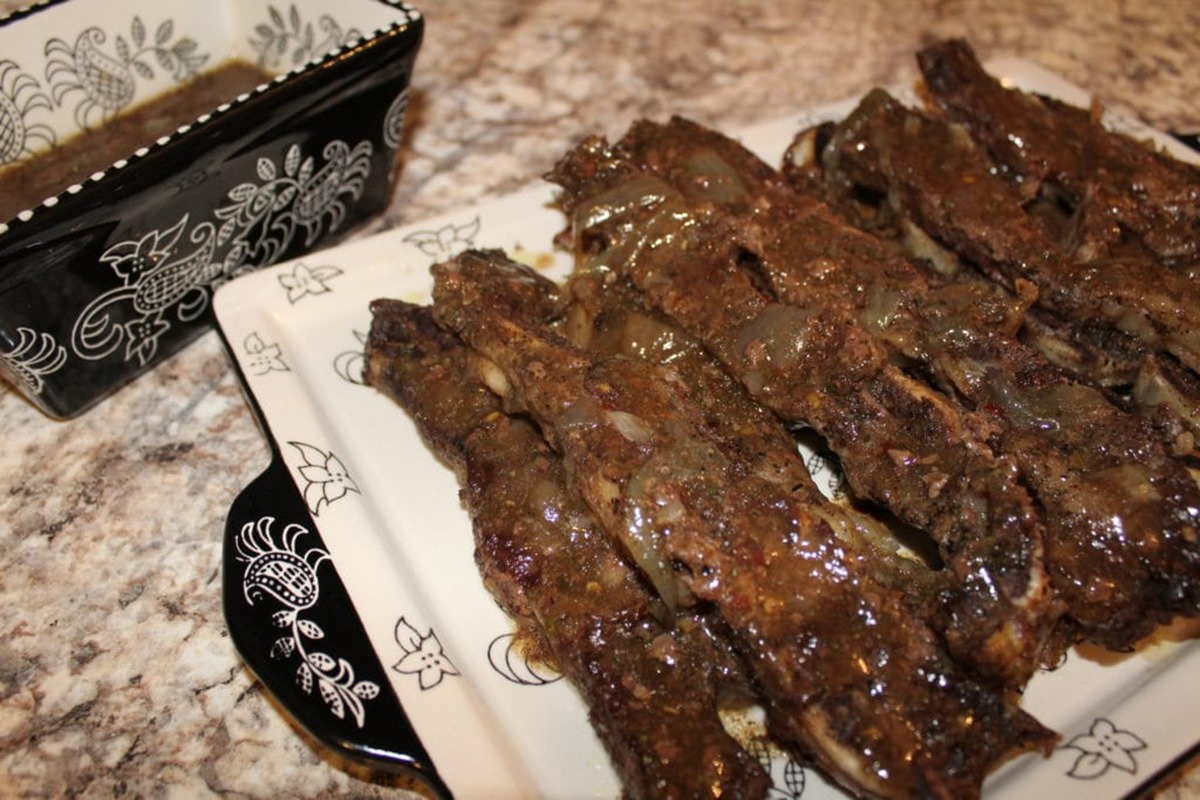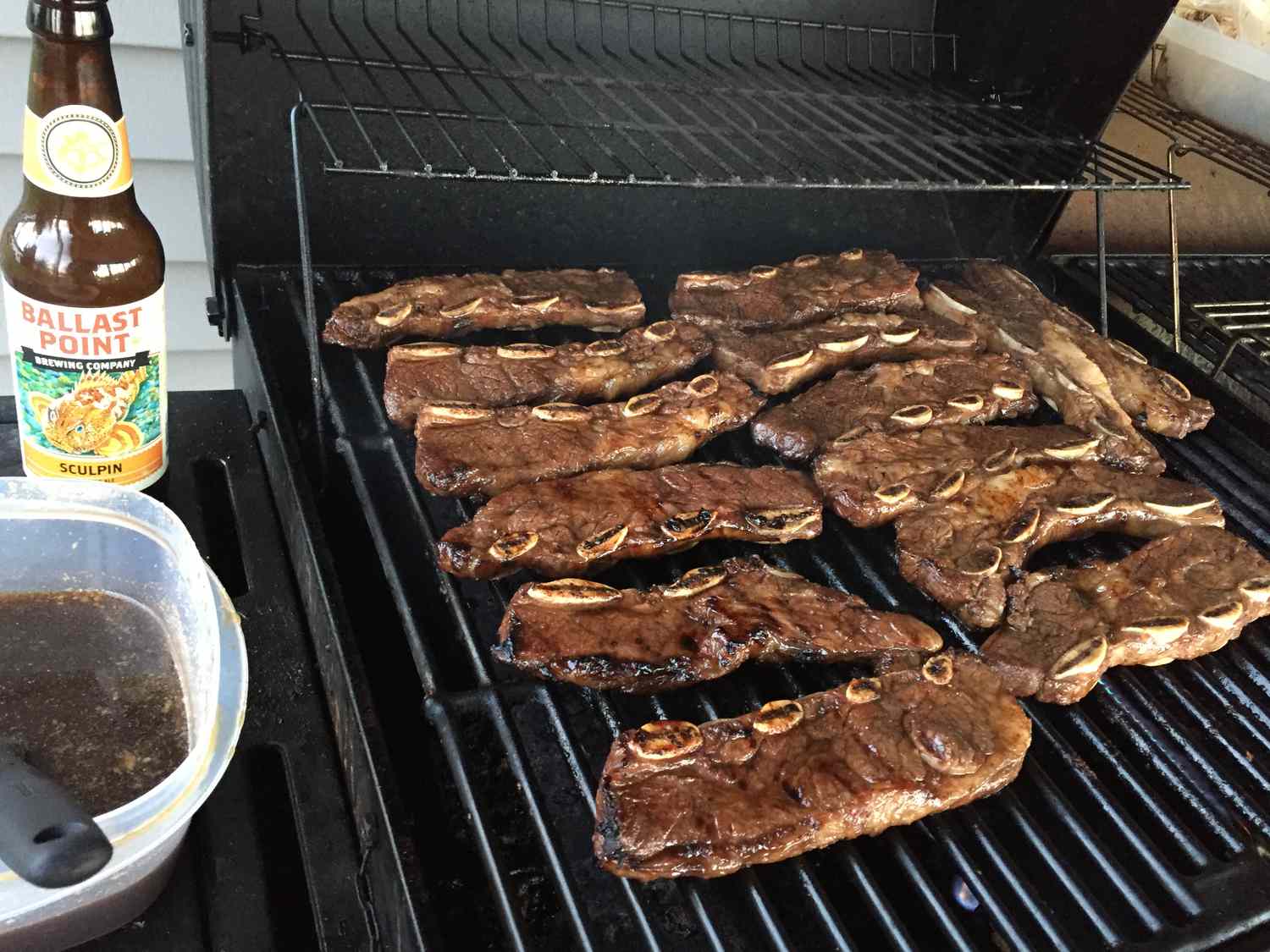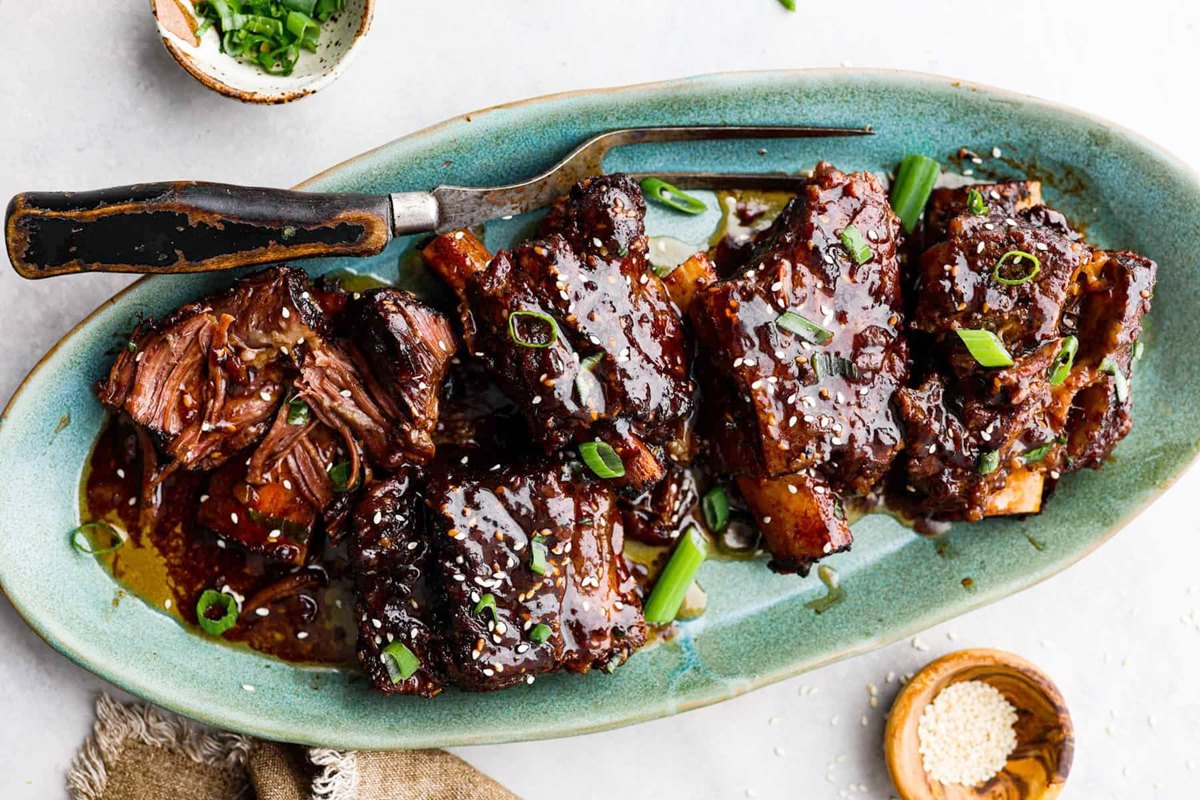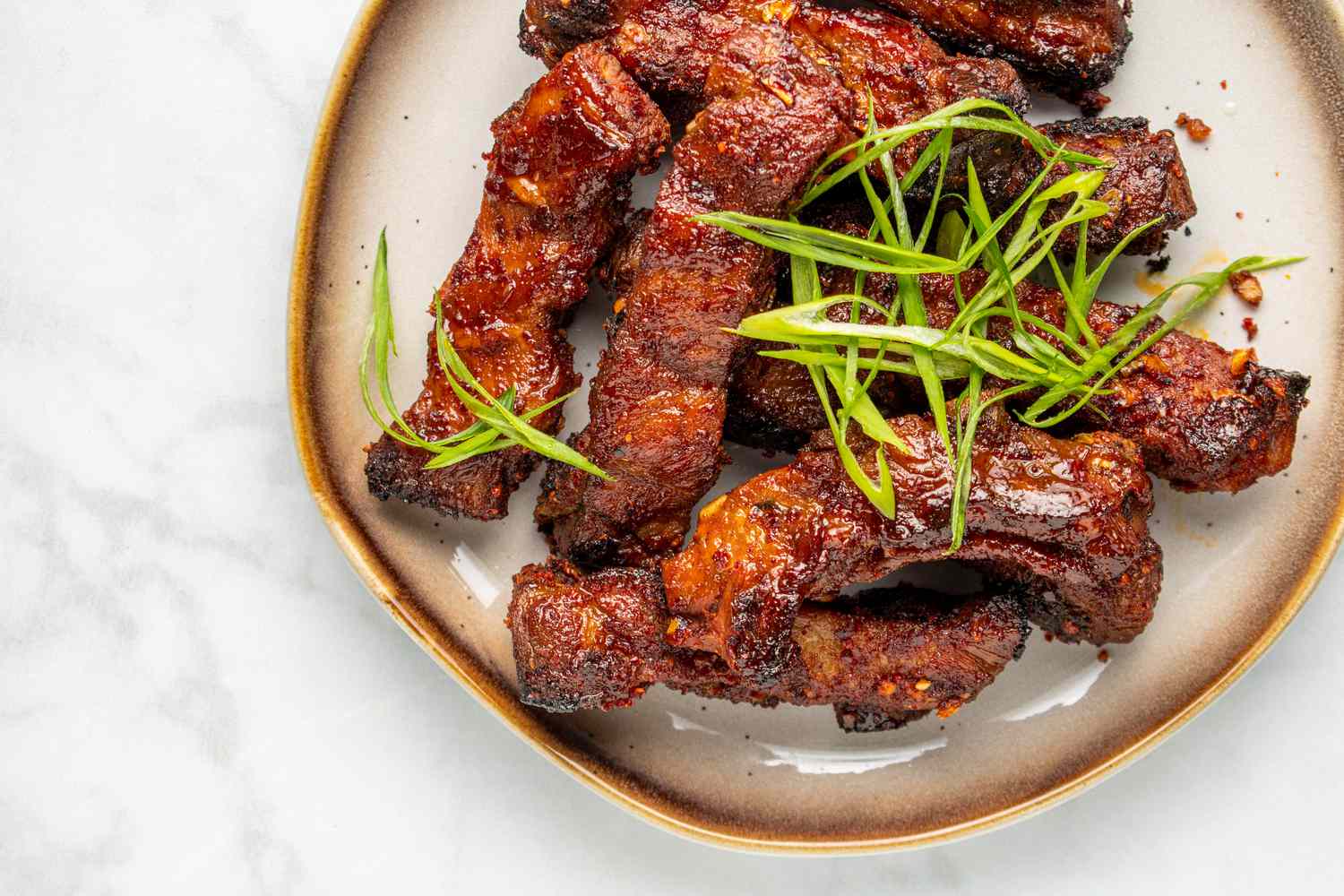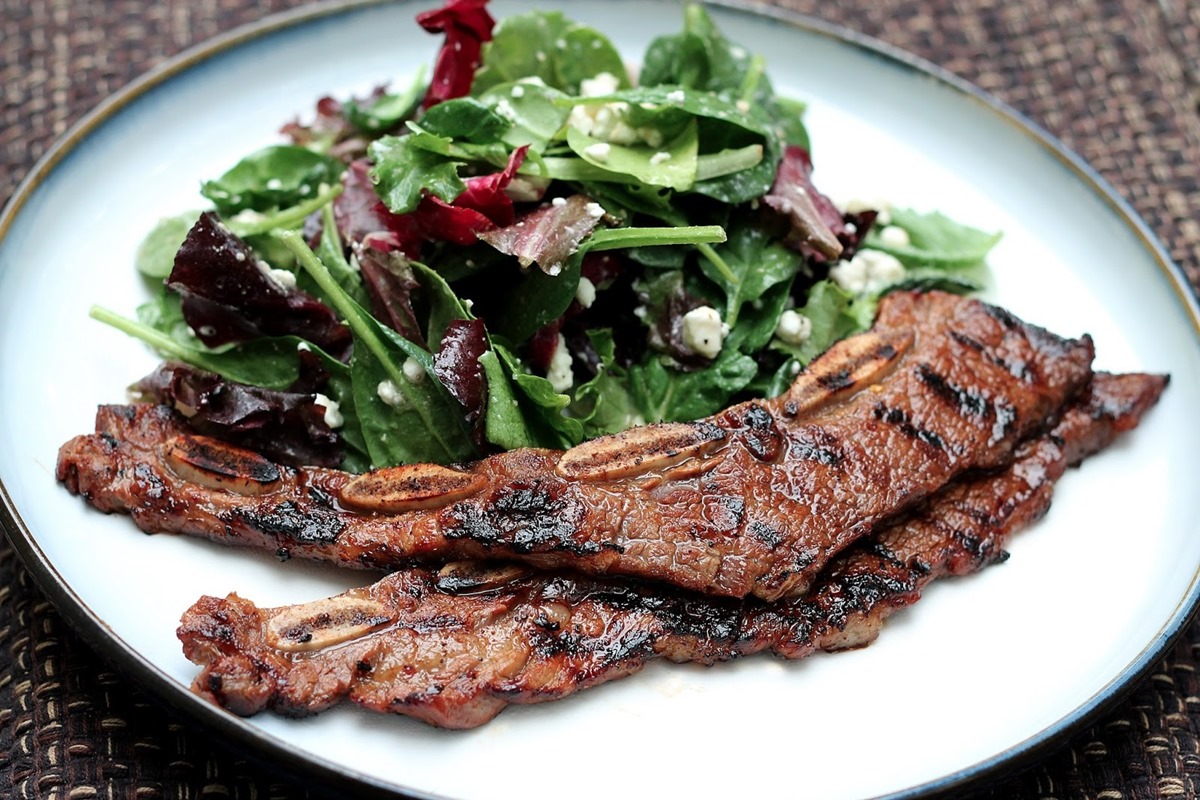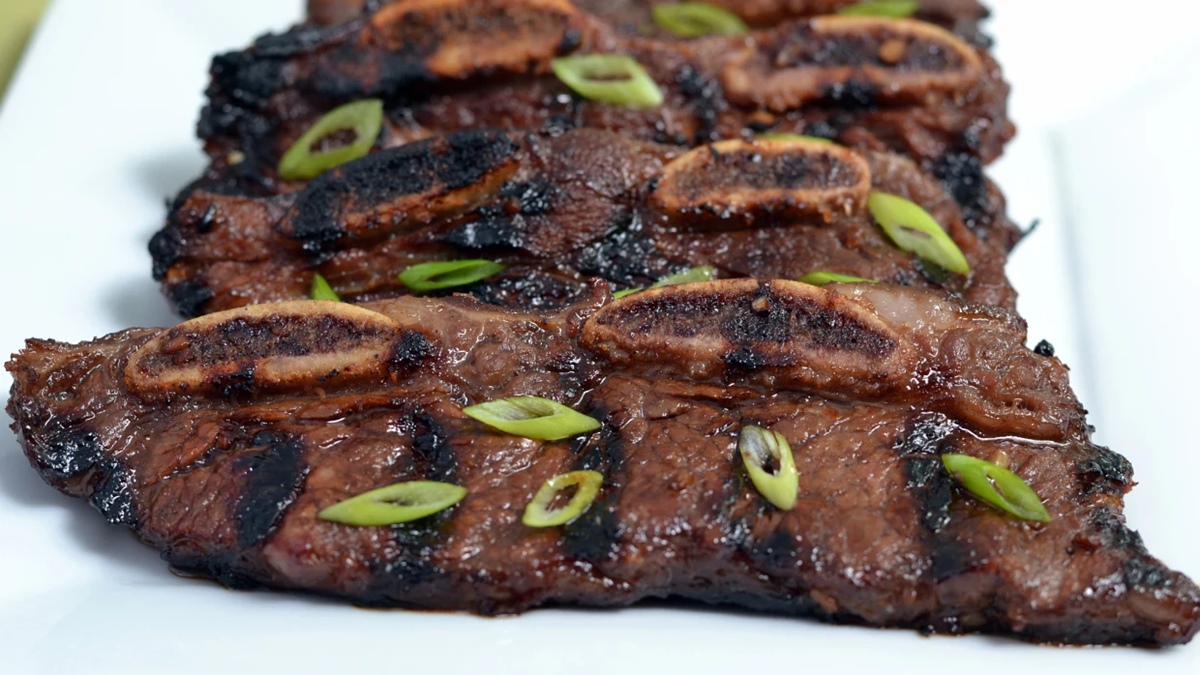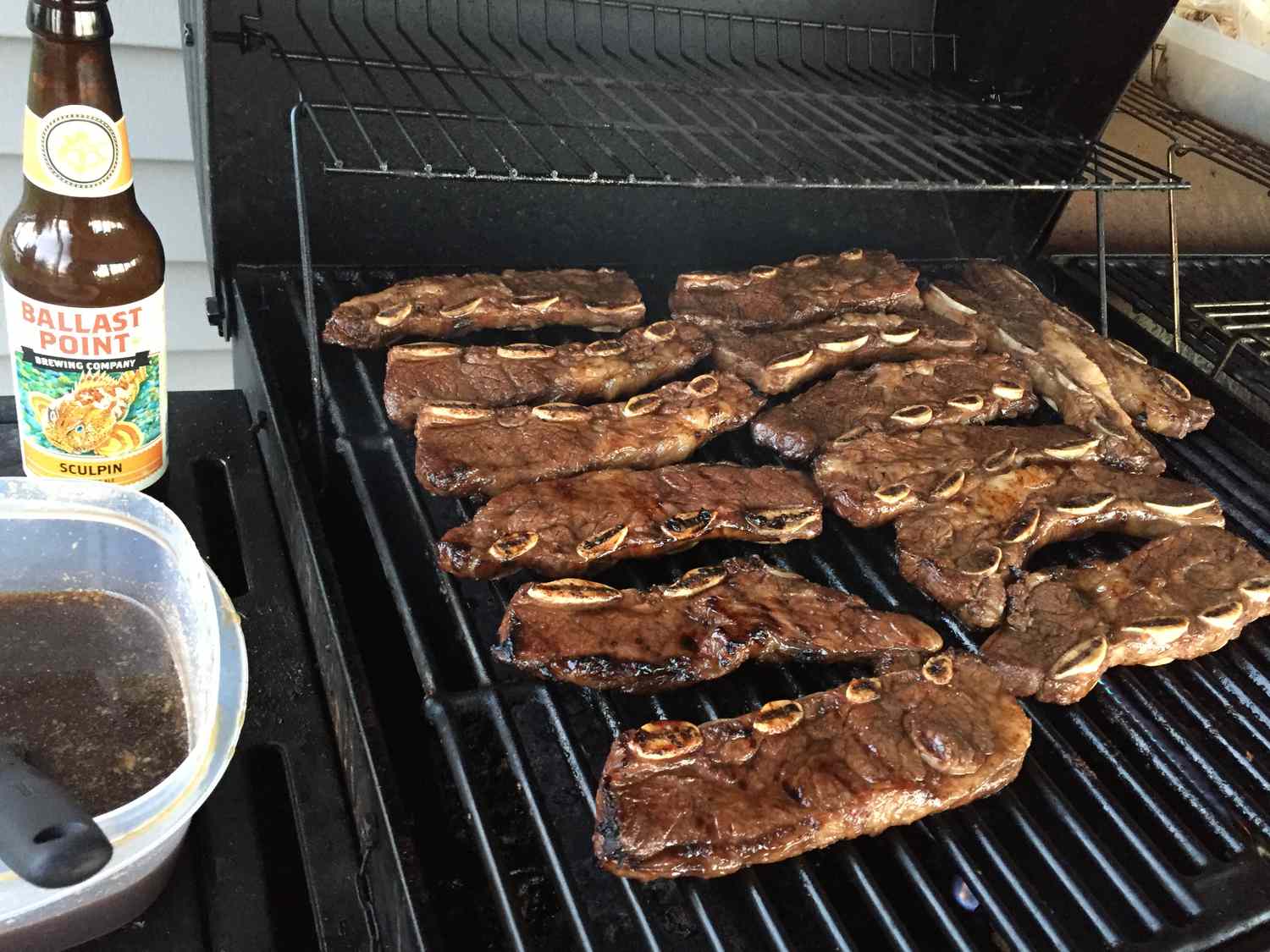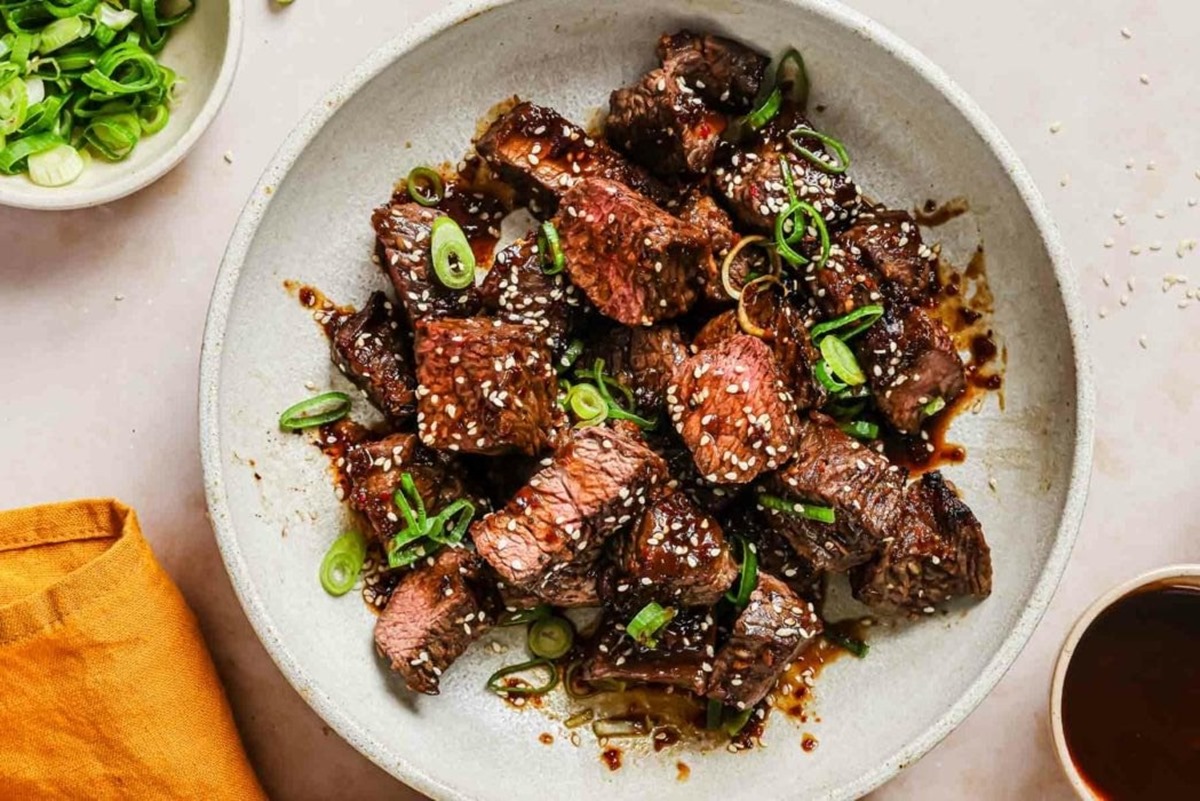Delicious and Easy: Broiling Korean Beef Short Ribs
Are you looking for a flavorful and easy-to-make dish to impress your friends and family? Look no further than Korean beef short ribs! This dish is bursting with savory and sweet flavors, and it’s surprisingly simple to prepare. In this article, we’ll walk you through the steps to broil Korean beef short ribs to perfection.
Ingredients You’ll Need
Before you get started, gather the following ingredients:
- 2 pounds of Korean-style beef short ribs
- 1/2 cup of soy sauce
- 1/4 cup of brown sugar
- 2 tablespoons of sesame oil
- 3 cloves of garlic, minced
- 1 tablespoon of grated fresh ginger
- 1/4 teaspoon of crushed red pepper flakes
- Sesame seeds and sliced green onions for garnish
Marinating the Ribs
Start by marinating the beef short ribs. In a bowl, whisk together the soy sauce, brown sugar, sesame oil, garlic, ginger, and red pepper flakes. Place the ribs in a large resealable plastic bag and pour the marinade over them. Seal the bag and refrigerate for at least 4 hours, or preferably overnight, to allow the flavors to infuse the meat.
Preparing the Broiler
When you’re ready to cook, preheat your broiler to high. Line a broiler pan with aluminum foil and place a wire rack on top.
Broiling the Ribs
Remove the ribs from the marinade, allowing any excess to drip off. Place the ribs on the prepared broiler pan and position the rack about 6 inches from the heat source. Broil the ribs for about 3-4 minutes per side, or until they are nicely charred and caramelized.
Serving the Ribs
Once the ribs are done, transfer them to a serving platter and garnish with sesame seeds and sliced green onions. Serve the ribs hot, and watch as your guests savor every flavorful bite!
Pairing Suggestions
These succulent Korean beef short ribs pair perfectly with steamed rice and a side of kimchi. For a complete meal, consider serving them alongside a fresh cucumber salad or stir-fried vegetables.
Final Thoughts
Broiling Korean beef short ribs is a fantastic way to enjoy the bold and delicious flavors of Korean cuisine right in your own home. With just a few simple ingredients and a hot broiler, you can create a mouthwatering dish that will have everyone asking for seconds. So, the next time you’re in the mood for something special, give this recipe a try and prepare to be amazed!
Happy cooking!

